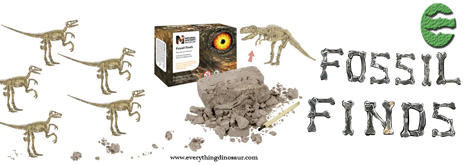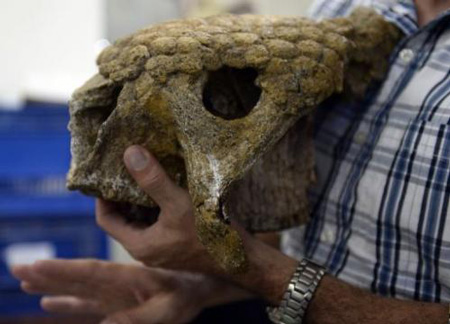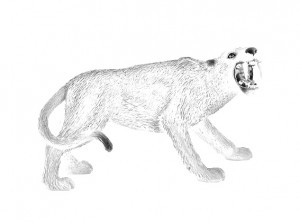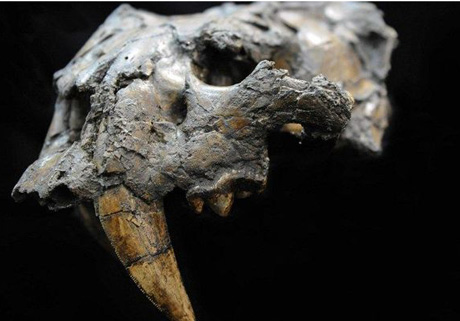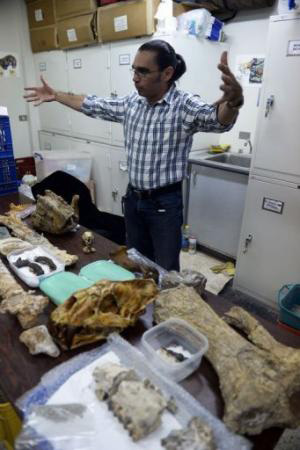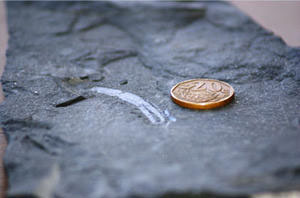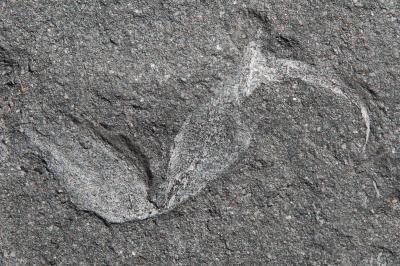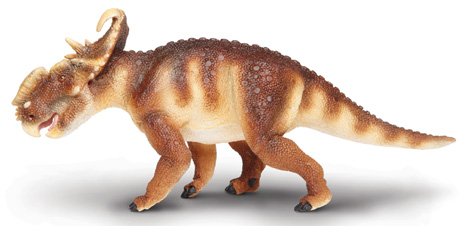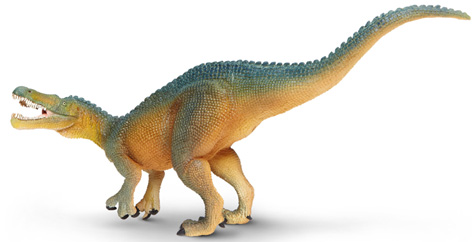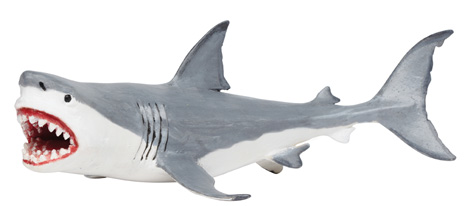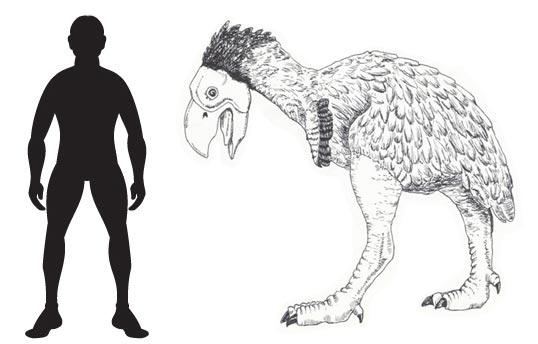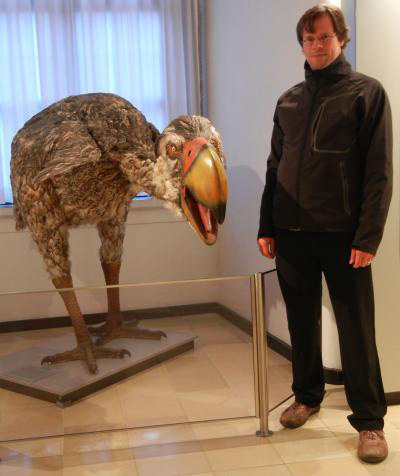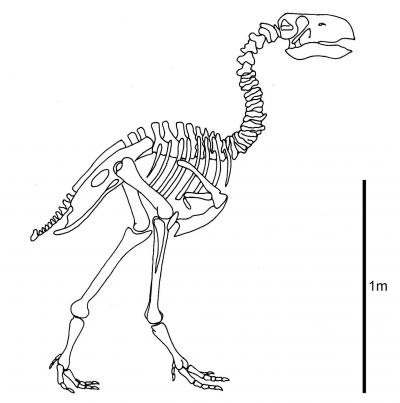In Praise of Local Geology Societies and Groups
The Essex Rock and Mineral Society- Recognising the Contribution of Local Societies
When lecturing in schools, universities and other educational establishments the point is often made by team members at Everything Dinosaur, that geology and palaeontology are subjects not just for professional scientists and academics. Many important discoveries and valued contributions to science have been made by people who would never dream of describing themselves as scientists.
Their enthusiasm, patience and dedication leads to exciting finds and fresh insight, we are very lucky in the United Kingdom to have a large number of local societies consisting of volunteers and enthusiasts who devote a significant part of what spare time they have to their passion for geology and fossils.
The Essex Rock and Mineral Society
One such society is the Essex Rock and Mineral Society (ERMS) and Bob, a long standing member of this group, was in contact with Everything Dinosaur a few days ago, taking the time and trouble to update us on the Society’s activities and plans. The ERMS was formed in 1967 and boasts members from all over Essex, Kent and London, the Society even has a member based in Canada. Bob a former police officer, recalls how he first became involved with the ERMS when on duty late one night in 1987.
“Whilst serving at Harold Hill police station, I was working a ‘late’ shift one day when I encountered some people loading a car with boxes at the rear of a community hall which appeared to be shut. This was not to my liking and upon investigation I became aware that it was members of the Essex Rock and Mineral Society packing away material after holding one of their monthly meetings. As a result of that contact, an invitation was extended to attend one of their meetings so I attended their next meeting and consequently became a member of the society.”
Local Geology Societies
The Society now meets once a month, on the evening of the 2nd Tuesday of each month. A pre-determined lecture programme is prepared and speakers are invited from all kinds of institutions to provide a talk (with plenty of time for questions no doubt), on a geology related subject. For example, the June meeting focused on the exploration of Mars by the Curiosity Rover with the speaker, one of the editors from the magazine formerly known as the “Sky at Night”, providing a highly entertaining and illuminating presentation summarising the current research that is taking place on the red planet.
Fossil collectors have the chance to bring in their latest fossil finds and get friendly advice and support, the Society even organises a number of field trips each year.
Essex may not be the first place people think of when it comes to the location of important fossil discoveries, but the geology of this county is fascinating. Much of the county has “drift” deposits those moraines and riverine deposits left by glaciers or by river channels. Underlying these surface deposits are older geological features with the oldest exposures dating from the Late Cretaceous. These chalk deposits are a testament to the time when much of the United Kingdom and Europe was covered by a shallow, tropical sea.
Areas of coastal cliff in Essex are viewed as being some of the most significant in terms of climatology studies. For instance, the cliffs at Walton-on-the-Naze are internationally recognised for providing data on global cooling, evidence set in the rocks of the beginning of an Ice Age. Visitors to these cliffs, can see for themselves how the fossil shells preserved in the layers of strata change the higher up the cliffs you go. Warm water species are replaced by cold water species – signs of global cooling.
It may sound rather odd to the casual observer, but as Everything Dinosaur team members will testify ,when surrounded by numerous dinosaur fossils being mapped on a Canadian dig site, the conversation often reverts to the sites of important palaeontological interest back home in the UK and places like Walton-on-the Naze and the extensive shark teeth beds of Herne Bay are discussed, we can see the look of envy in the eyes of our colleagues.
Shark Teeth Can be Collected in Huge Numbers from Parts of Britain’s South-East Coast
Picture credit: Everything Dinosaur
Visit Everything Dinosaur’s award-winning website: Everything Dinosaur
Rock and Mineral Shows
One of the highlights for the ERMS is their annual “Rock, Mineral and Fossil Show” which is held at the North Romford Community Centre (Essex). This “very sociable show” is open to the public, it takes place in February and gives local enthusiasts and professional dealers one of the first opportunities of the year to showcase their discoveries made over the autumn and winter months. Lots of displays and other items with a geology theme – minerals, rocks, crystals and of course loads of fossils to see.
Many of the fossils on display at the annual show will be specimens from the famous “London Clay”. This geological feature consists largely of mud and silts deposited into tropical, estuarine environments during the Palaeogene. London Clay exposures can be found throughout Essex and many important vertebrate and plant fossils have been found. Fossils of fish, crocodiles, sea snakes, primitive mammals, turtles and a large number of fossilised seeds and other plant material has enabled scientists to build up an detailed picture of life in the Essex area around 55 million years ago.
The Contribution of Society Members
Organisations such as the ERMS provide a valuable contribution to science. Society members can and have made significant contributions to the professional world in geology. In the 1990’s three ERMS members, including ex police officer Bob, found previously unknown species of fossil crabs which were thus new to science. The specimens have been described and named and are now all in official museum collections.
For Bob and his associates, the ERMS has provided an enormous sense of community, life-long friendships forged as a result of a common interest in geology and studying ancient life.
Bob puts it very succinctly:
“This society provides ordinary people with an opportunity to experience an aspect of natural history that is frequently overlooked by the general media. My membership has been a most pleasurable experience in my life that has given me opportunities to see and do things that I would have never considered otherwise. The subject itself and the friendships I have made in this society have given me a desire to experience the natural history of our planet in greater depth than would otherwise have been possible .”
We have taking time out of our busy schedules to pay tribute to the vast number of enthusiasts, fossil collectors and amateur geologists who help make the sciences of palaeontology and geology what they are today. The Essex Rock and Mineral Society is a typical example and we wish everyone involved with this splendid institution the very best for the future and we look forward to hearing more about their work and their fossil discoveries.
To learn more about the Essex Rock and Mineral Society, (actual website address: www.erms.org), visit their website: The Essex Rock and Mineral Society.



